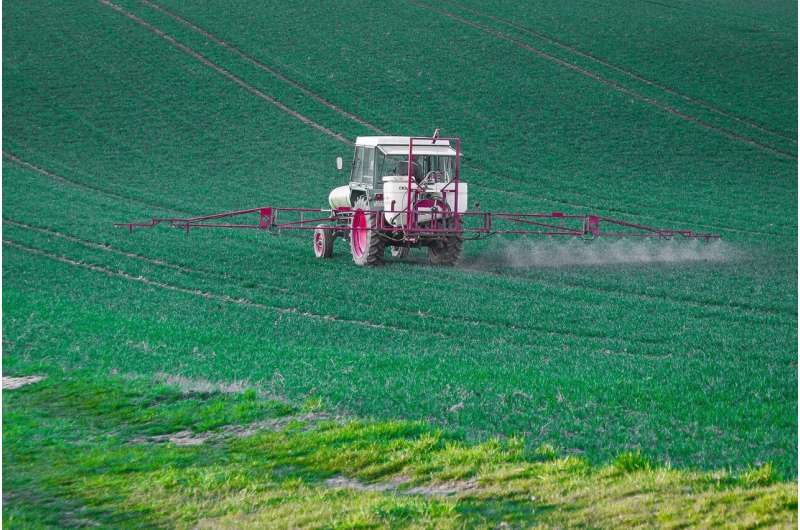
Inactive ingredients in various products like agriculture and pharmaceuticals have usually not been considered as potential contaminants in drinking water. However, these inert chemicals, when combined with other materials during the water treatment process, can still pose risks.
A recent study from researchers at Washington University in St. Louis shows the significant impact of inactive amines in herbicides on water quality. The study, led by graduate student Jean Brownell, examined the role of amines in forming harmful byproducts during water disinfection processes.
The study found that inactive amines used as stabilizing agents in herbicides can play a major role in producing disinfection byproducts (DBPs) that are linked to health risks. The impact of these chemicals varies by region and time. The study was published in the journal Water Research.
“Understanding how herbicides used in agriculture affect downstream water treatment processes is crucial for ensuring water safety,” Brownell said.
She compared the use of amines in herbicides to known nitrosamine precursors like pharmaceuticals and found that the use of amines has been increasing, especially in the Midwest region. This suggests that amines from herbicides can contribute significantly to the formation of nitrosamines, posing health risks even at low concentrations.
Researchers emphasized the need to reevaluate assumptions about the impact of herbicide use on water quality and to gather high-quality data from farmers and agencies to ensure water and food safety.
This study challenges previous beliefs about the sources of nitrosamine precursors and highlights the importance of ongoing research to verify these findings.
More information:
Jean M. Brownell et al, Making Waves: Formulation components used in agriculture may serve as important precursors for nitrogenous disinfection byproducts, Water Research (2025). DOI: 10.1016/j.watres.2025.123116
Citation:
Inactive components in agricultural runoff may be hidden contributors to drinking water hazards (2025, April 15) retrieved 15 April 2025
This document is subject to copyright. Apart from any fair dealing for the purpose of private study or research, no part may be reproduced without the written permission. The content is provided for information purposes only.

